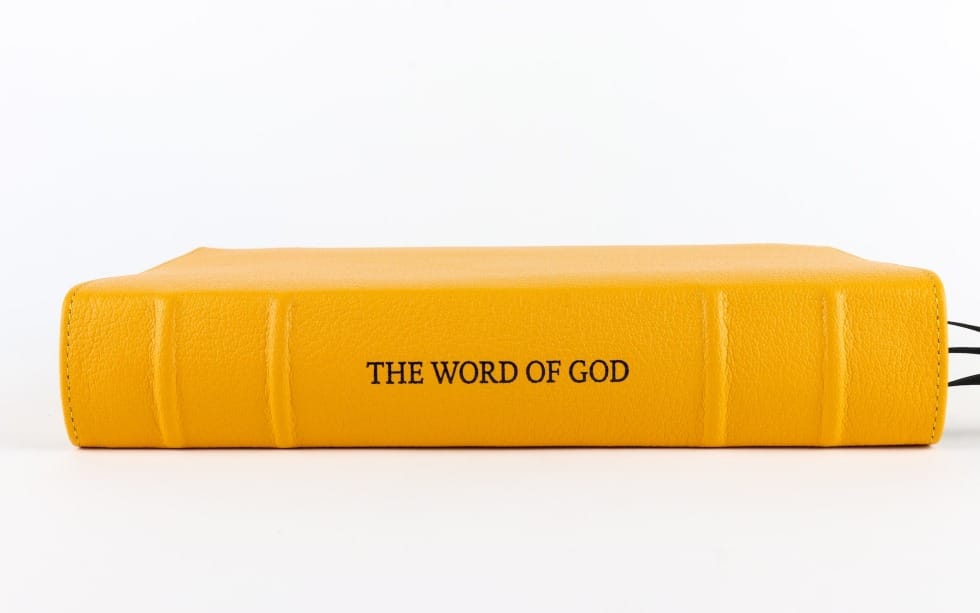Why is the Bible Different? (2 Timothy 3:16-17)
What makes the Bible different from other ancient texts? Here are three key factors.

2 Timothy 3:16-17
Today's Scripture Passage
A Few Thoughts to Consider
Why is the Bible different from other great works?
To start, let’s look at two scriptures.
2 Timothy 3:16-17 says, “16 All Scripture is inspired by God and is profitable for teaching, for rebuking, for correcting, for training in righteousness, 17 so that the man of God may be complete, equipped for every good work.” And 2 Peter 1:20-21 says, “20 Above all, you know this: No prophecy of Scripture comes from the prophet’s own interpretation, 21 because no prophecy ever came by the will of man; instead, men spoke from God as they were carried along by the Holy Spirit.”
There are three primary reasons we can trust the authority of Scripture. First is the time span. The New Testament books were written within sixty years (most within thirty) of the death of Christ (AD 30). This is significant because this means the authors wrote from eyewitness testimony or spoke to others who had an eyewitness encounter with Jesus.
Also, early church fathers such as Clement and Ignatius quoted many New Testament books by around AD 100. Clearly, writings about Jesus were already in circulation.
Christian apologist Norman Geisler writes, “Most scholars (conservative and critical) believe the New Testament was completed by 100 AD."
Second, the sheer number of manuscripts available to us today is overwhelming. Since no original manuscripts of the Bible exist in our current age, we must rely on the copies of original manuscripts we have in our possession. Again, this is common for every piece of ancient literature. If we add up the number of New Testament manuscripts available today from differing languages such as Syriac, Arabic, Ethiopic, Latin, Coptic, Greek, and so forth, we get a stunning amount of roughly 24,000 manuscripts available.
Manuscript expert Dan Wallace gives us tremendous imagery. He points out that the total thickness from manuscript copies of the average ancient author would only pile four feet in height. Compare that to the New Testament manuscripts that would be roughly a mile.
Third, the quality of our manuscripts is incredible. When it comes to ancient writings, most great works have a wide discrepancy between the various manuscripts. For instance, piecing together various copies of Homer’s Iliad, we can determine that it is roughly 95% pure. This is very good. But when it comes to the New Testament, we find an even greater reliability. Like any ancient manuscript, there are minor discrepancies between copies. A word was left off, or a sentence was structured slightly differently. These instances are relatively minor and have little significant impact on the text's overall meaning.





